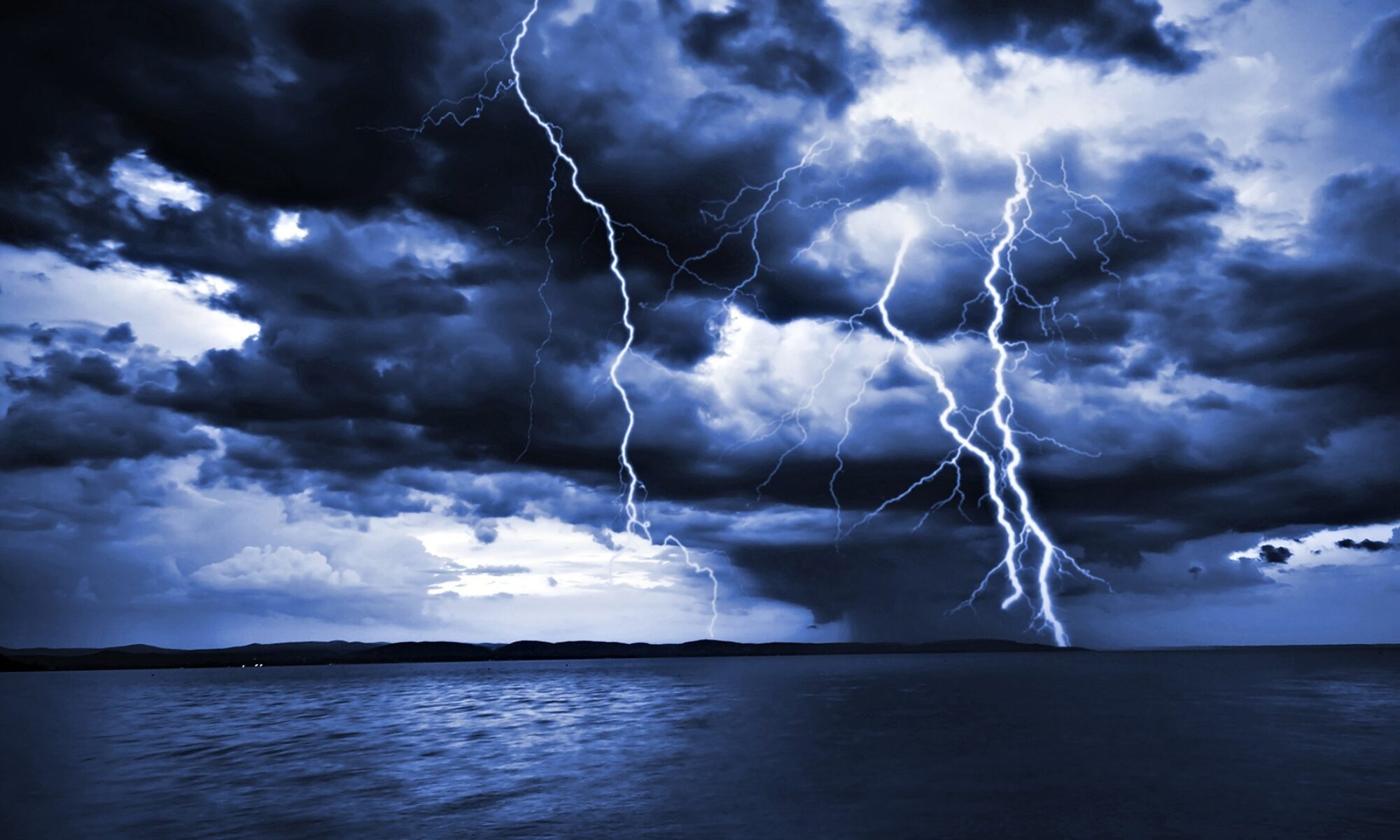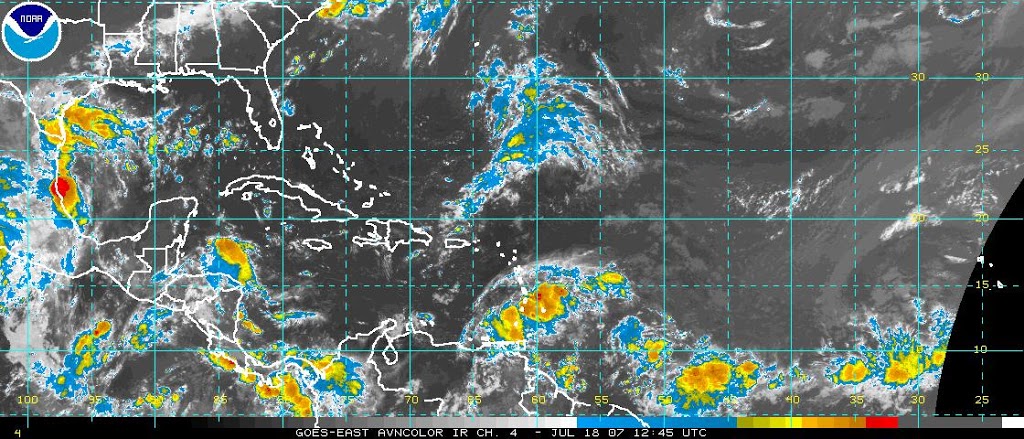The NHC has issued the following statement:
SATELLITE IMAGES AND QUIKSCAT DATA INDICATE THAT TROPICAL DEPRESSIONTHREE HAS BECOME A TROPICAL STORM WITH ESTIMATED MAXIMUM WINDS OF40 MPH…65 KM/HR WITH HIGHER GUSTS. CHANTAL IS LOCATED ABOUT 330MILES…530 KM…SOUTH OF HALIFAX NOVA SCOTIA AND IS MOVING RAPIDLYTOWARD THE NORTHEAST NEAR 23 MPH…37 KM/HR. CHANTAL IS NOT ATHREAT TO THE UNITED STATES.
This storm is no threat to the Gulf of Mexico, obviously, but is indicative of the increased activity in the Atlantic Basin. Of more concern for us, albeit minor concern, is Invest 99L in the central atlantic. If this low pressure system develops and if it survives the dry air north of it, it could become the 4th named storm, Dean, of this year. Unfortunately, it could also present a threat to the Gulf of Mexico if it tracks further north.
Elsewhere in the Atlantic, things are churning but on the whole all remains fairly quiet.


